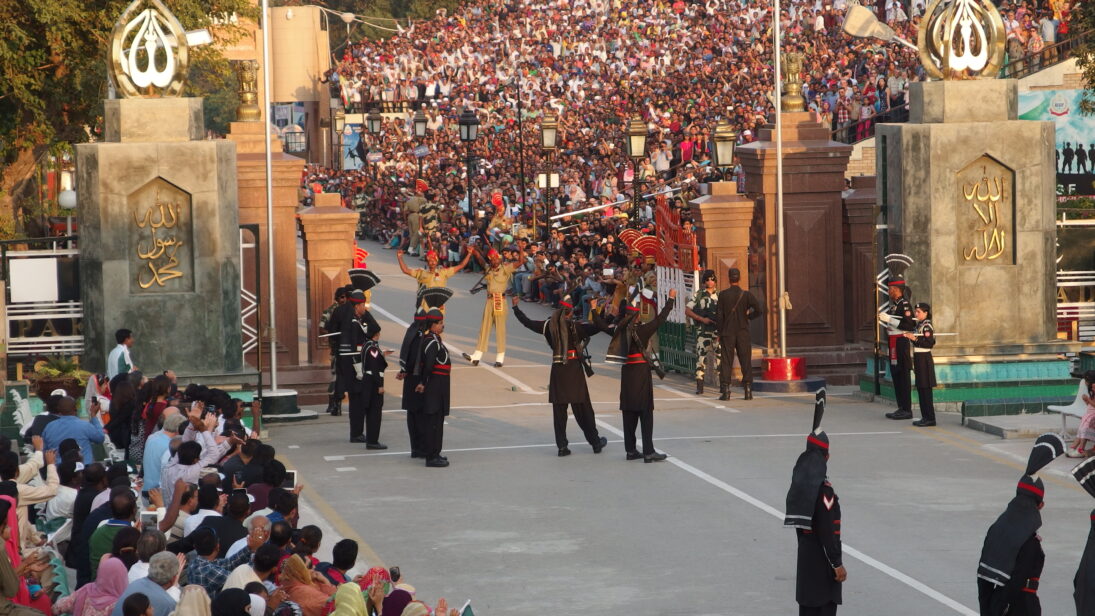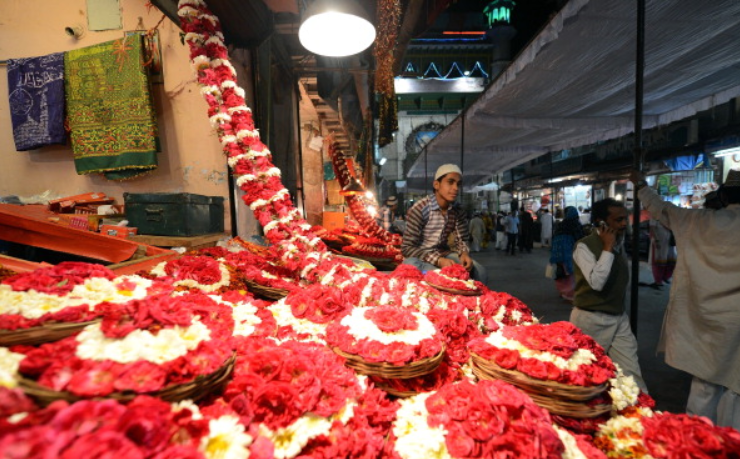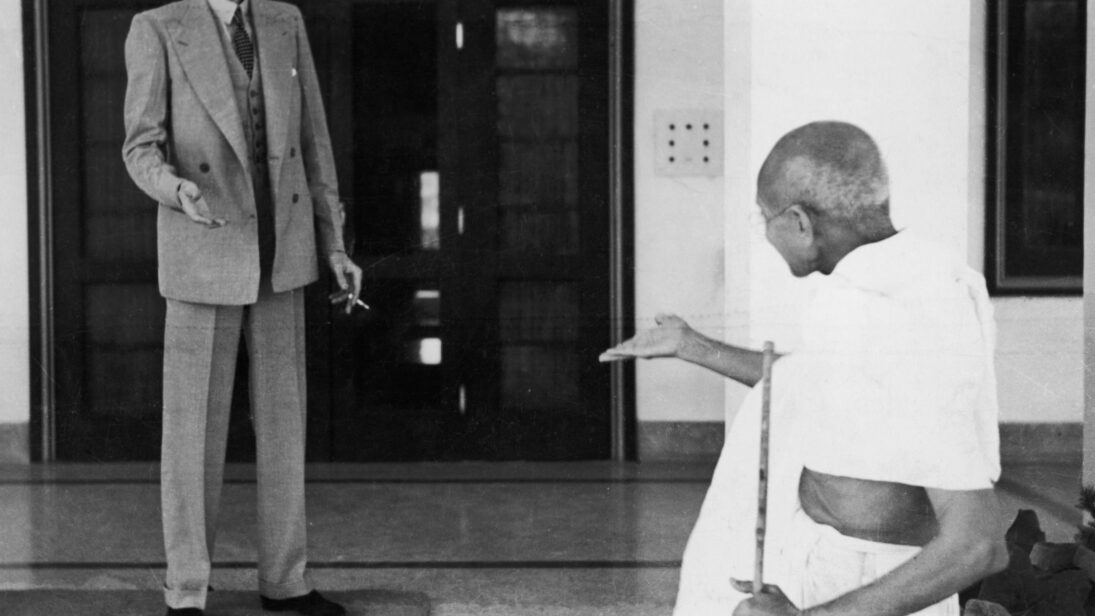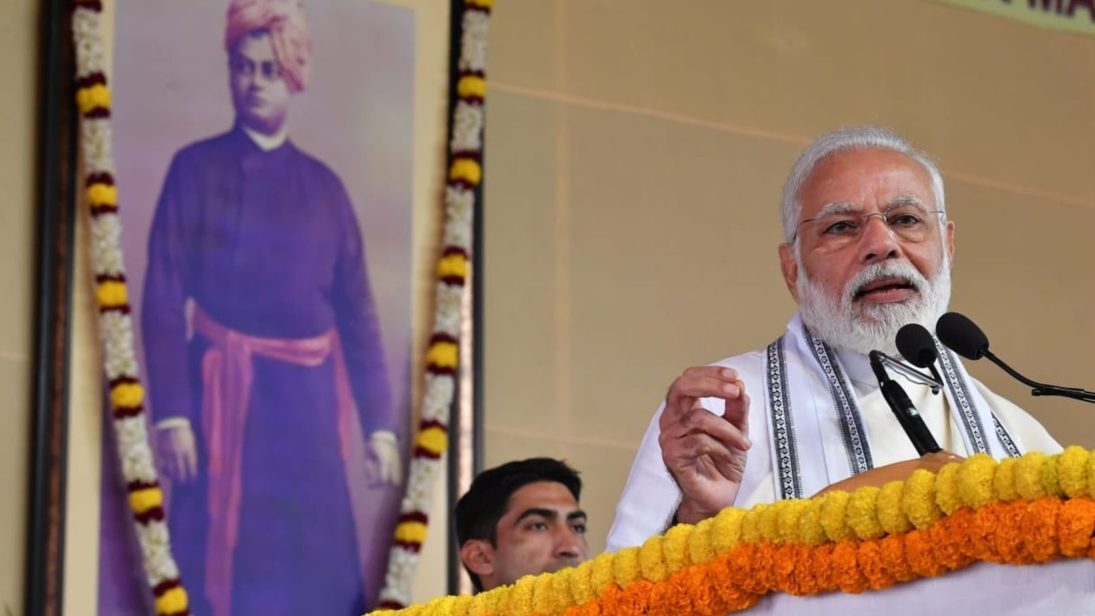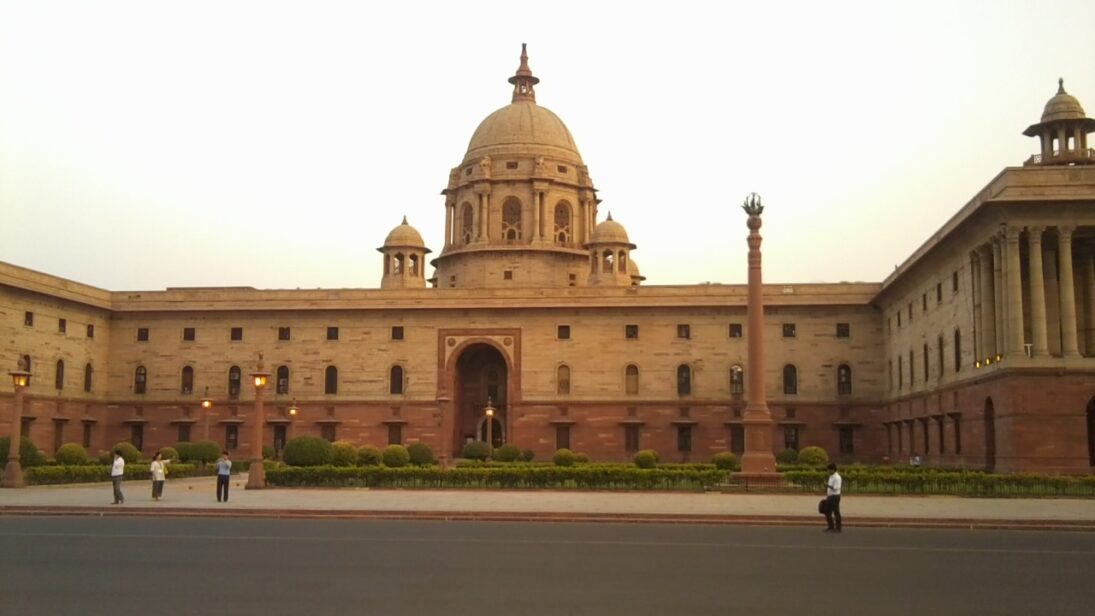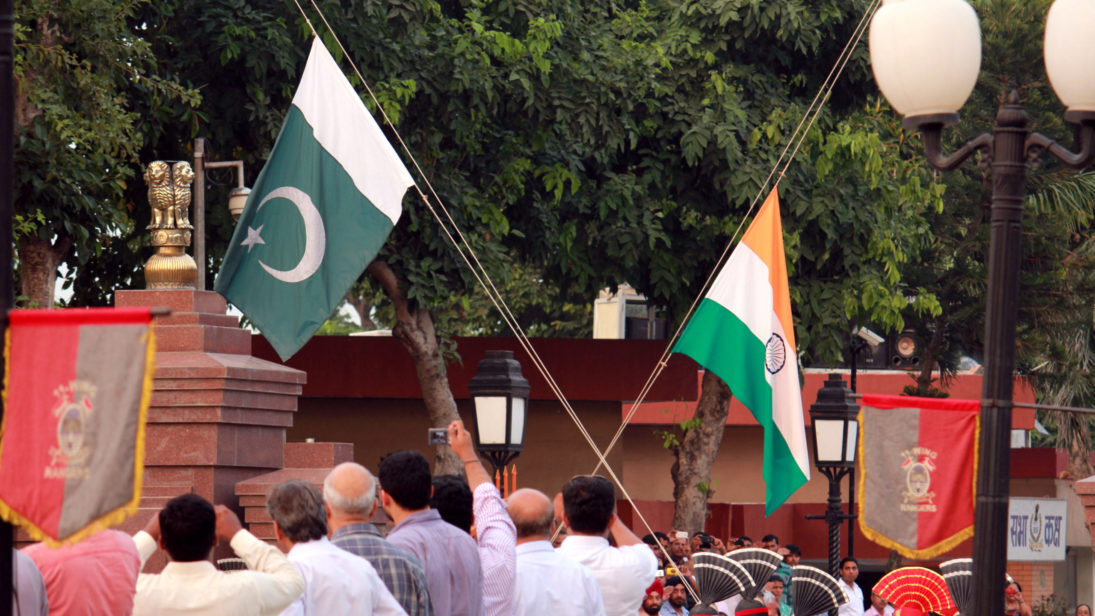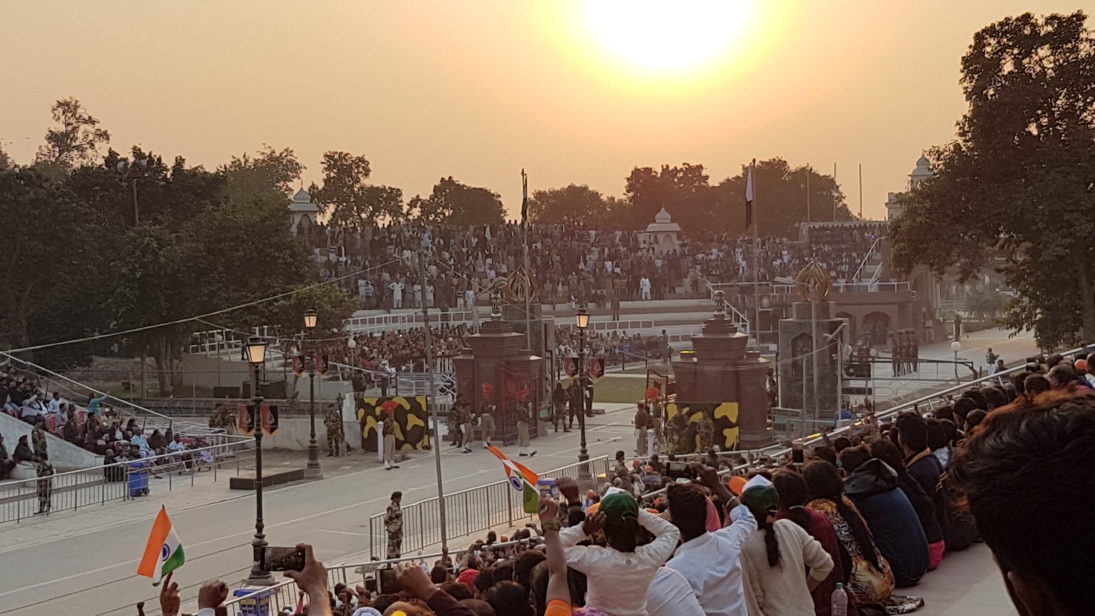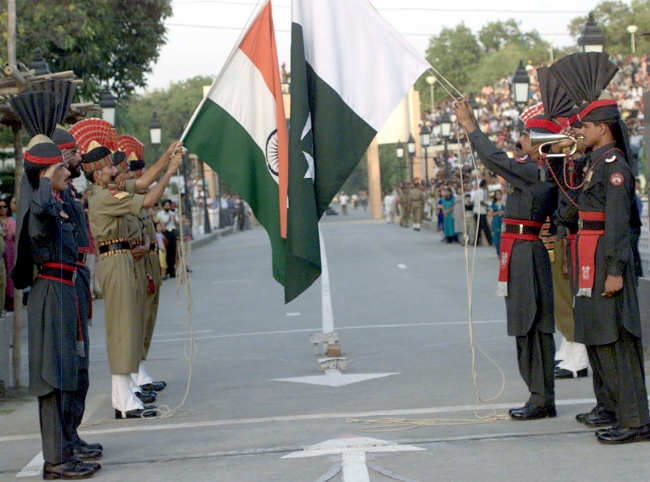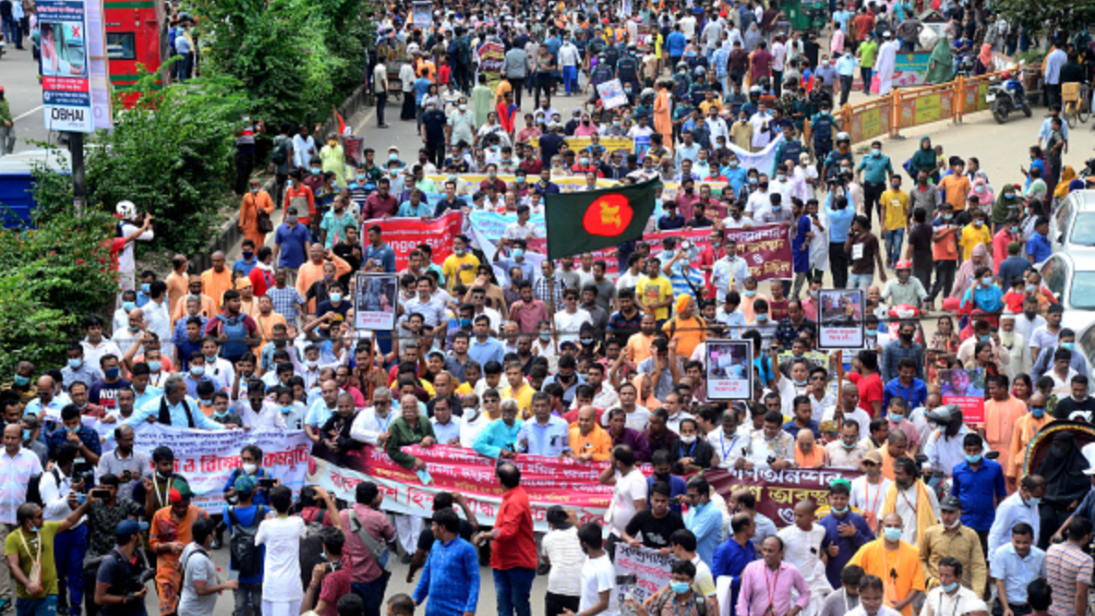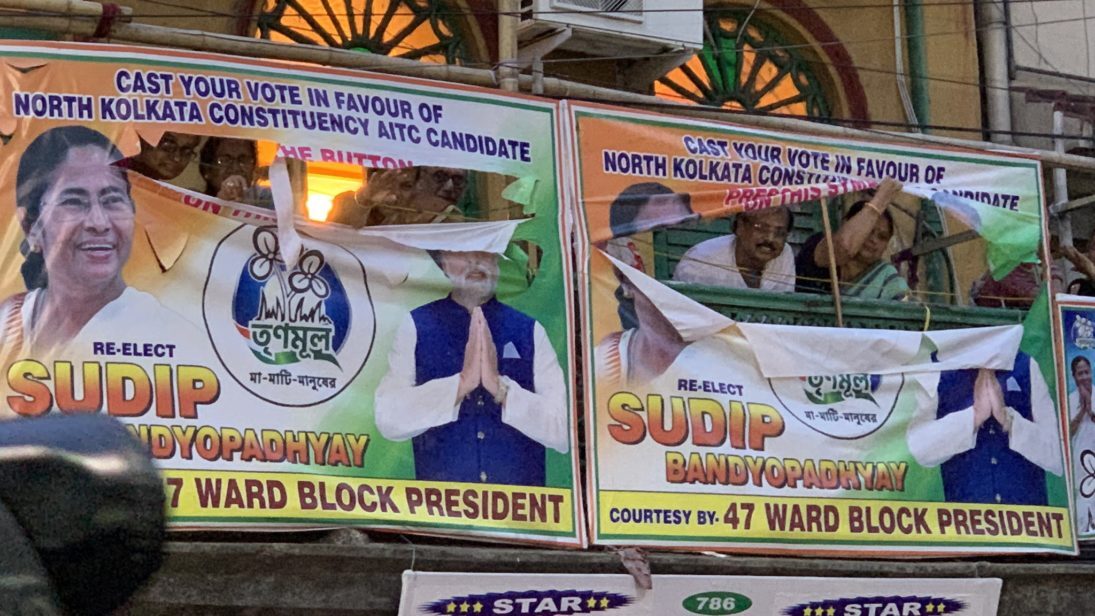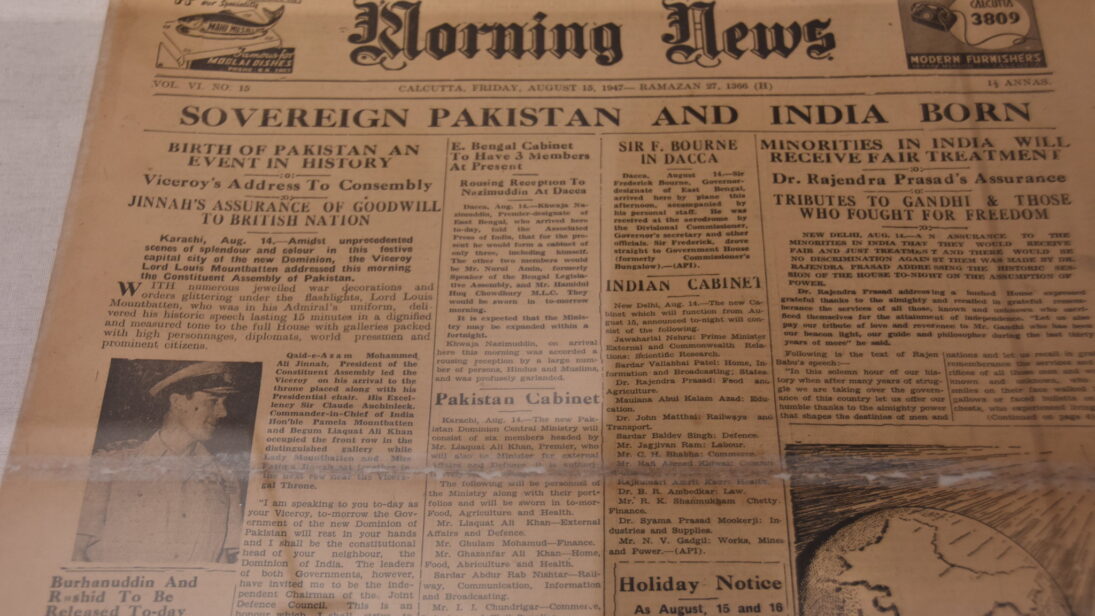
This month marks 75 years since the violent division of the subcontinent into the two newly independent states of India and Pakistan. In one of the largest migrations in human history an estimated 15-20 million were displaced from their homes with countless losing their lives. Over the coming weeks, South Asian Voices will feature content examining the legacies of Partition across the subcontinent as well as the individual memories, reflections, and stories of Partition’s impact and the way it lives on today. This page will continue to be updated with analysis from South Asian Voices authors examining the legacy of Partition and how it is remembered and discussed today.
Reflections from South Asian Voices Readers and Contributors
Featuring Reflections by Ali Ahmed, Fizza Batool, Zainab Najeeb, Riaz Khokhar, Zainab Akhter, Akshara Suhasini, Asma Khalid, Noorulain Naseem, Anshu Saluja, Anuttama Banerji, Namra Naseer, and Sarral Sharma.
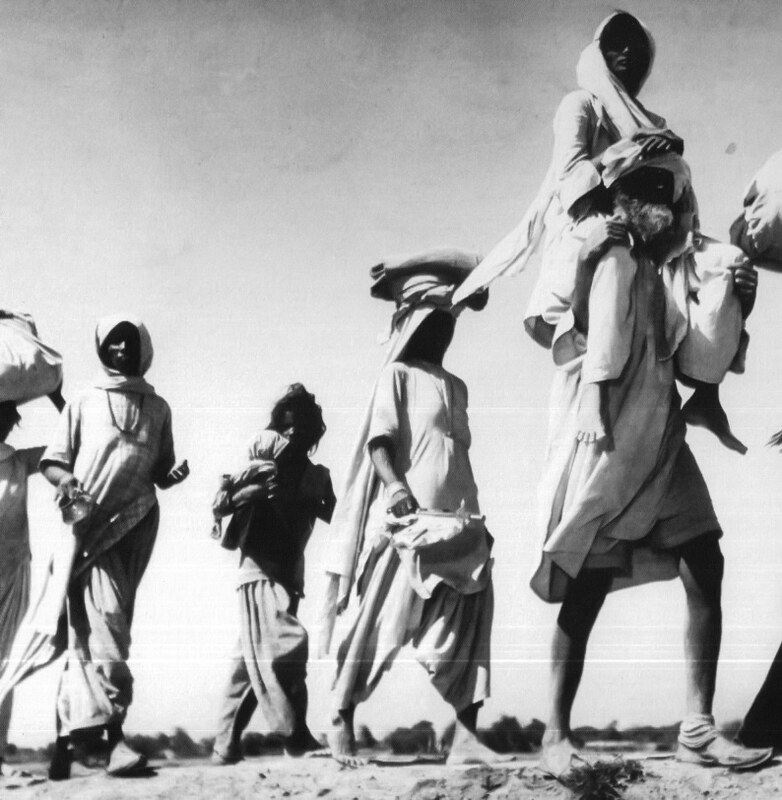
In this reflections series, South Asian Voices readers and contributors reflect on how the legacy of Partition lives on in their own lives. From family memories to memoirs of long-lost homes, from its absence in history textbooks to the contested nature of its own history, Partition continues to reconfigure the quotidian human experience in South Asia.
SAV Series: 75 Years After Partition
Bengal’s Multiple Partitions
By Anuttama Banerji
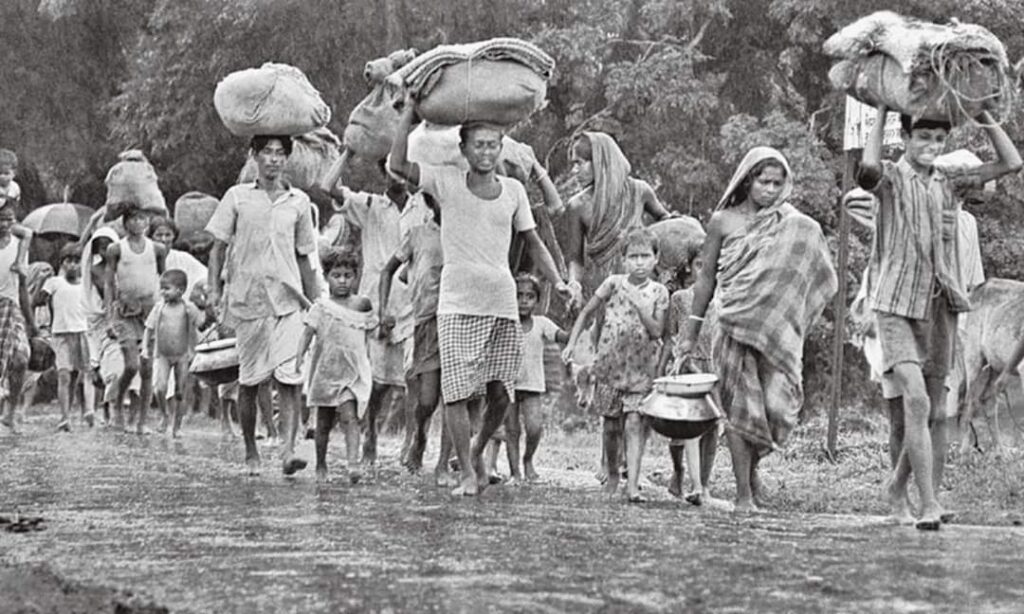
Anuttama Banerji examines the history of Partition in Bengal, noting: “While the partition of Punjab ended in 1947, Bengal’s experience with the Partition continued as Bengali populations in both West Bengal and Bangladesh witnessed recurrent partitions throughout their history: during 1905, 1947, and 1971, which ultimately produced the new nation-state of Bangladesh. Bengal’s multiple partitions have reinforced the idea of “othering” on both sides of the border.”
Beyond the Territorial Trap in South Asia: A Pipe Dream or a Road to Peace?
By Sobia Paracha
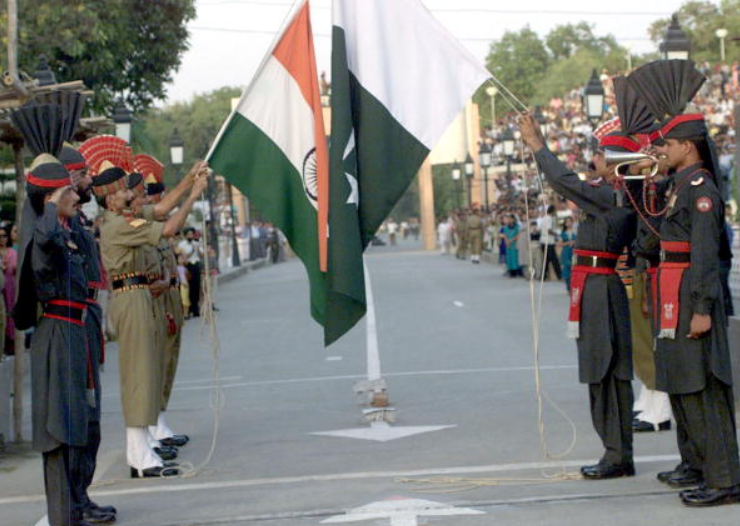
Sobia Paracha examines the way John Agnew’s notion of the “territorial trap” has impacted India-Pakistan bilateral relations since Partition. She writes, “The idea of fixed borders privileges territory over people. Elites at the political center thus never developed a human-centric border security approach and instead created and relied on institutions and security apparatus that were meant to keep people out.”
Building a Bridge through Time: Partition Through Oral Histories
By Anshu Saluja
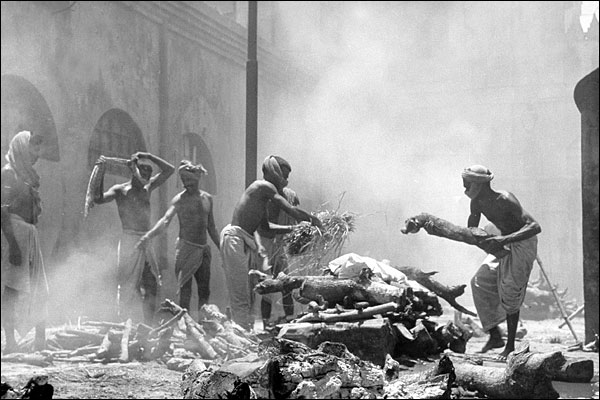
Anshu Saluja discusses the importance of preserving oral histories of Partition: “Without adequate space for memorialization, the enduring sense of loss and anguish caused by the Partition can sustain intergenerational trauma.” Saluja argues that initiatives like the 1947 Partition Archive can build the space for “recovery and rapprochement” across the subcontinent without succumbing to state-sponsored narratives that seek to tap into the moment for political gain.
Framing Identity within Pakistan’s Foreign Policy
By Farhan Hanif Siddiqi
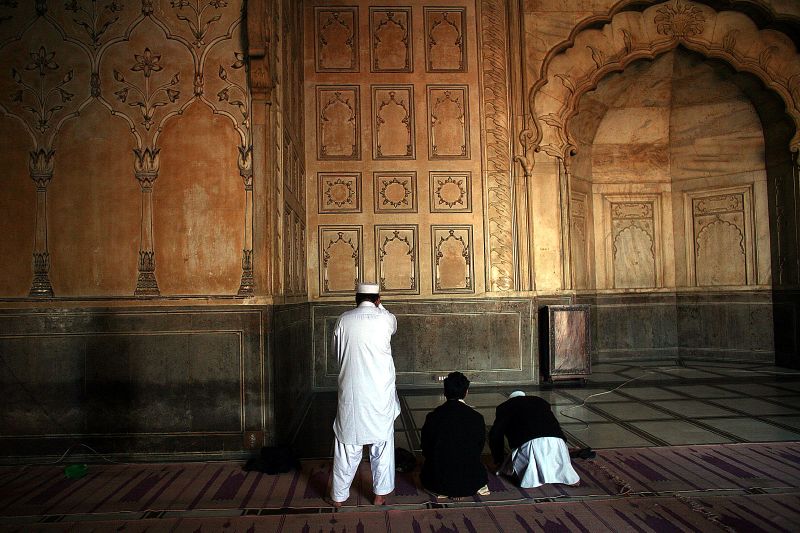
Farhan Hanif Siddiqi examines the ways that religious has shaped Pakistan’s national identity and foreign policy since Partition. “Moreover, while religion and singularity were central points in Pakistan’s founding, understanding when it is invoked (in relations with India) when it becomes peripheral (with Afghanistan and Iran), and when it is completely eschewed (China), elucidates how the multi-layered aspects of Pakistan’s national identity have informed its foreign policy in the region.”
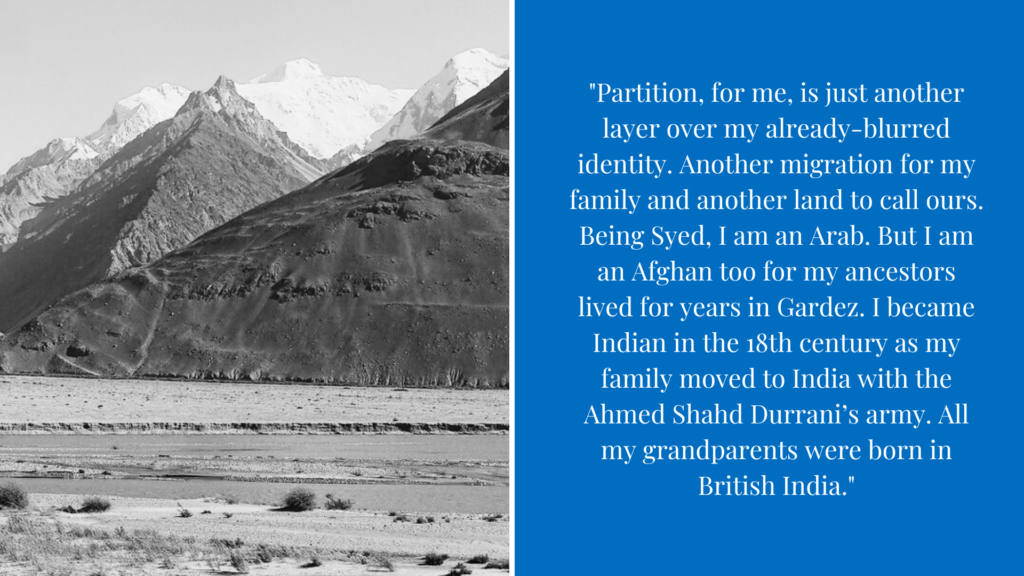
Image: Steyard via Flickr (modified)
Watch the Webinar: Navigating Legacies of Partition
Watch the Stimson Center hosted panel discussion, “Navigating the Legacies of Partition: Peacebuilding Opportunities and the Future of South Asian Stability.” In this discussion, Pallavi Raghavan, Christopher Clary, and Ayesha Jalal explore how Partition’s legacy continues to shape prospects for peace and security in the subcontinent, and what this means for future efforts to advance stability across the region.
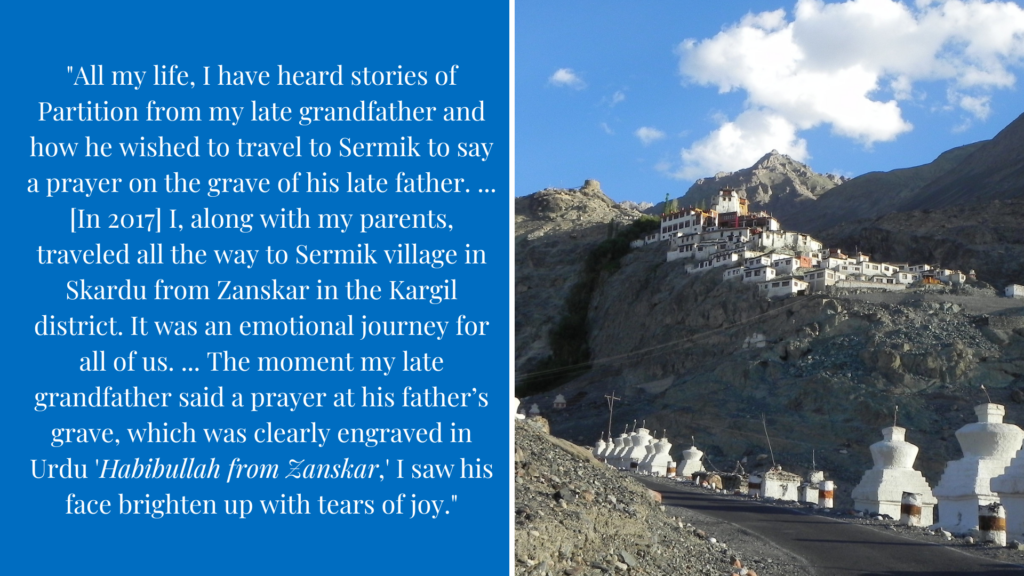
Image: Sergio Augostinelli via Flickr
Read More
Look back at South Asian Voices over the years examining subnational diplomacy, cross-border ties, an bilateral relations between India, Pakistan, and Bangladesh.
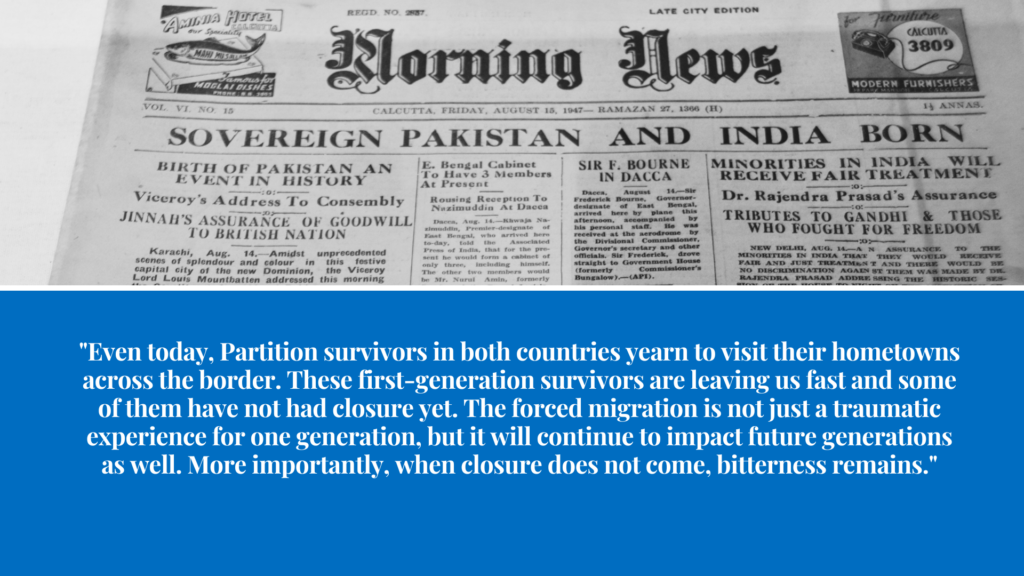
Image: Shankar S. via Flickr (modified)
***
Image 1: Shankar S. via Flickr
Image 2 (Reflections from South Asian Voices): Dr. Gulam Nabi Kazi via Flickr
Image 3 (Bengal’s Multiple Partitions): via Wikimedia Commons
Image 4 (Beyond the Territorial Trap): Visual News via Getty Images
